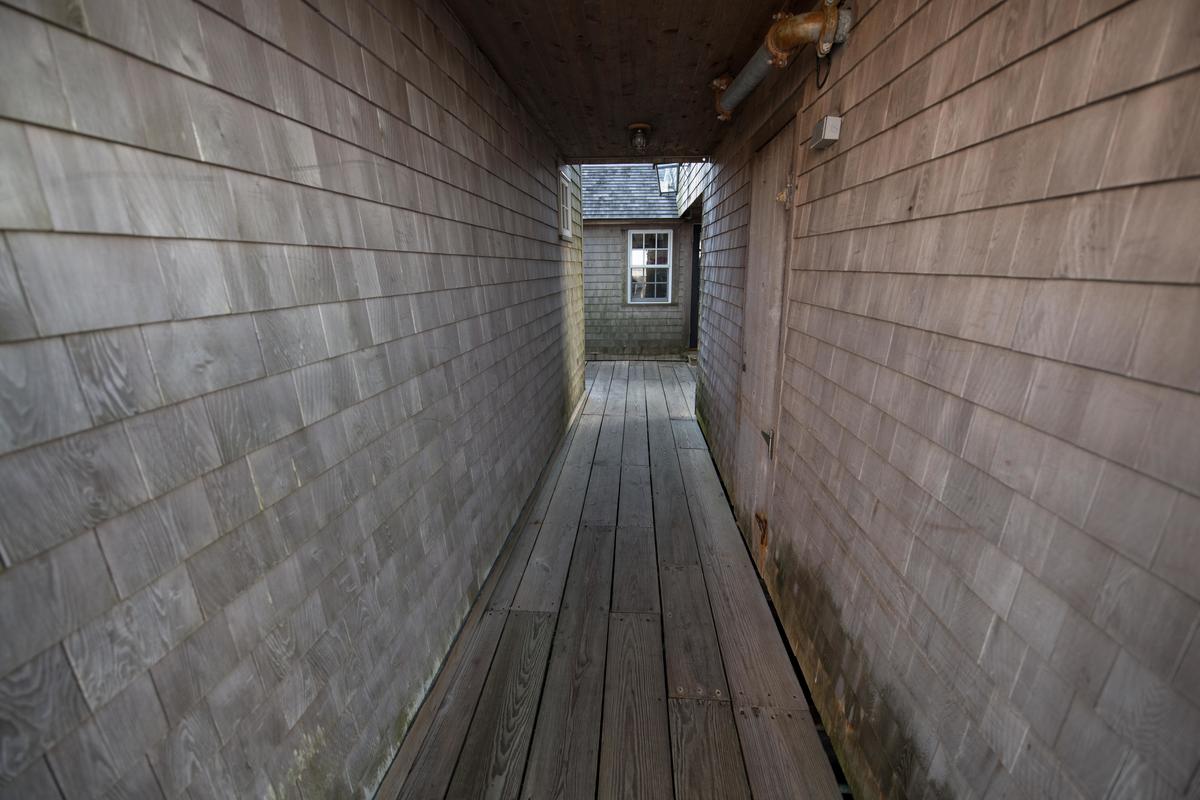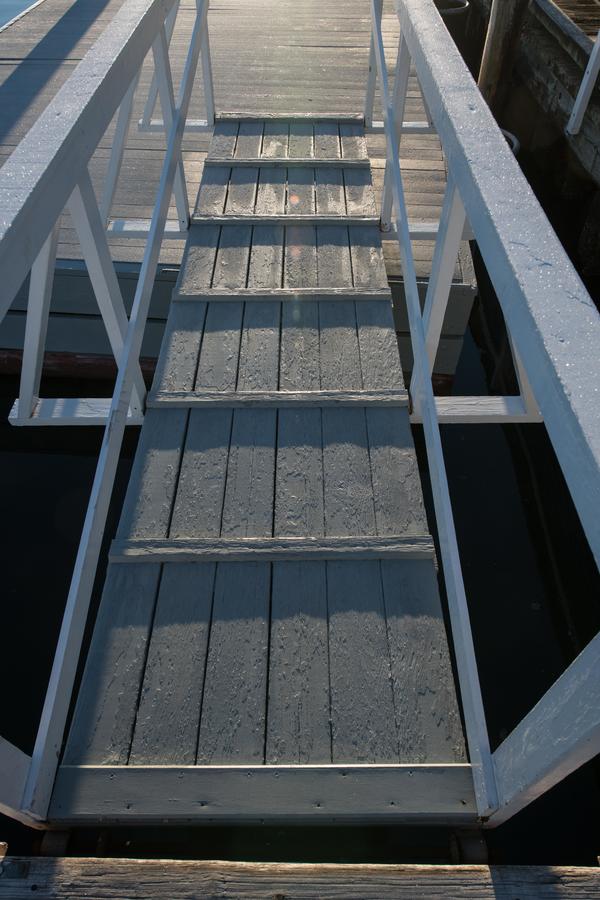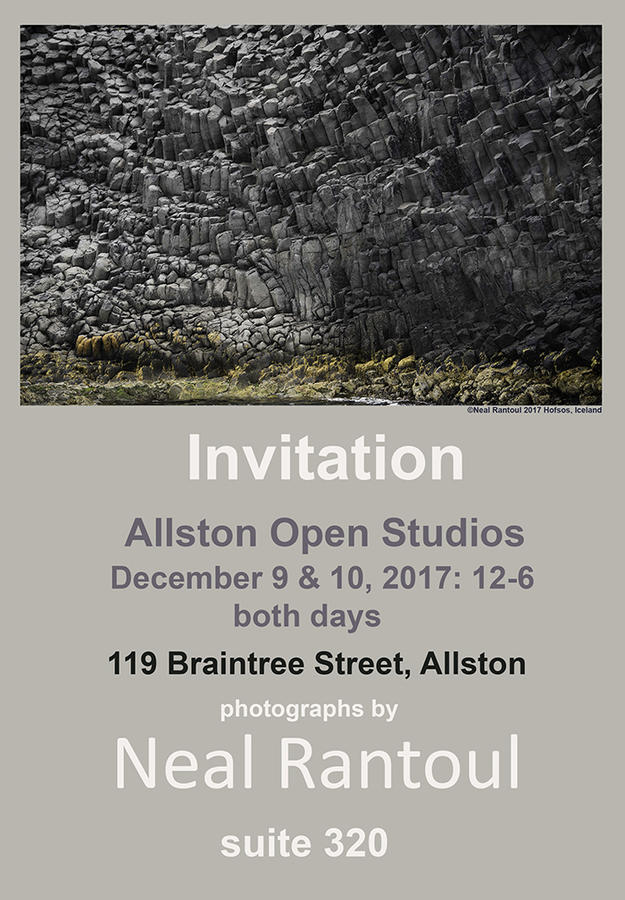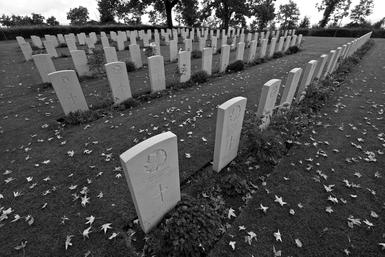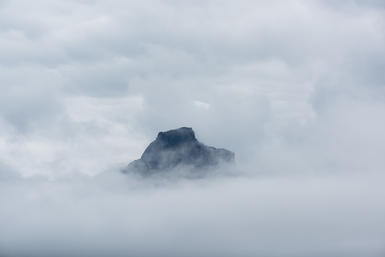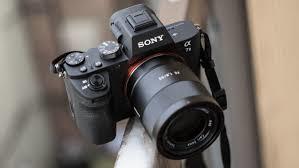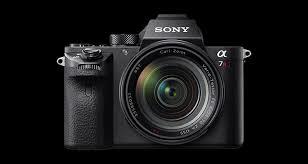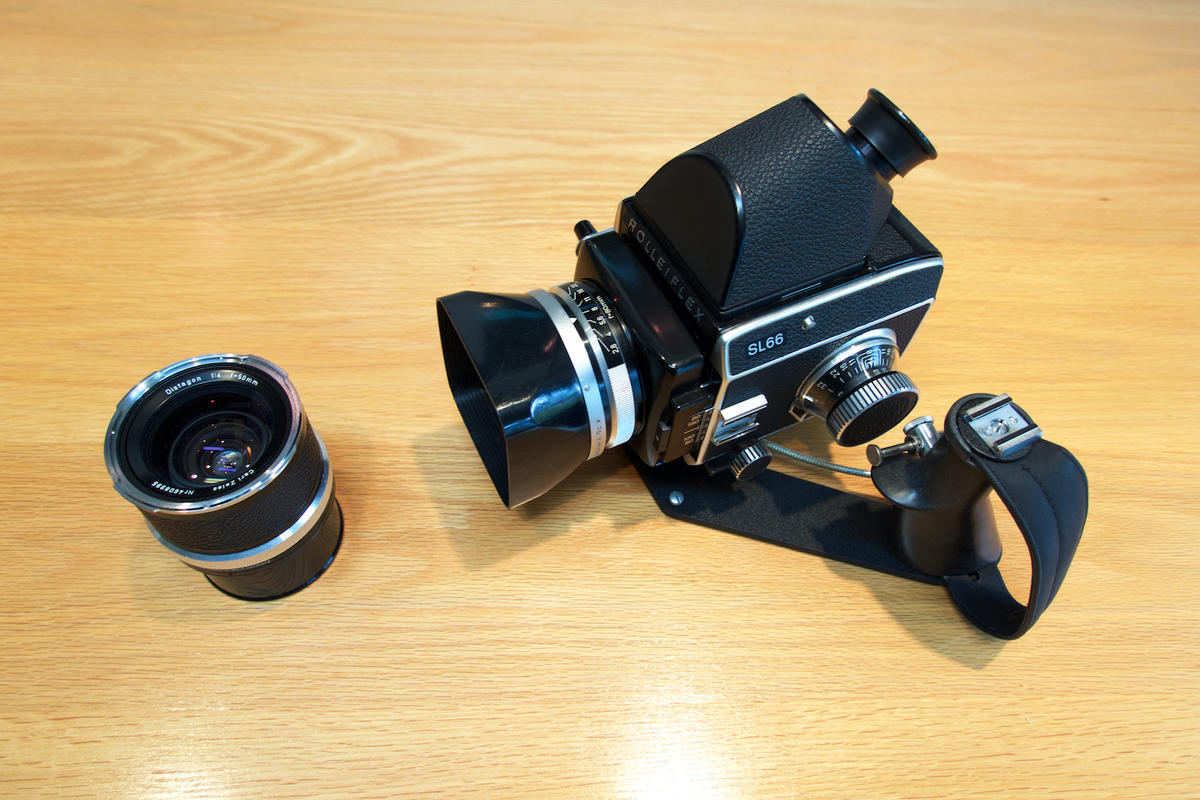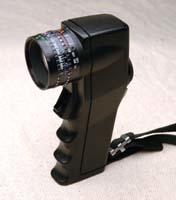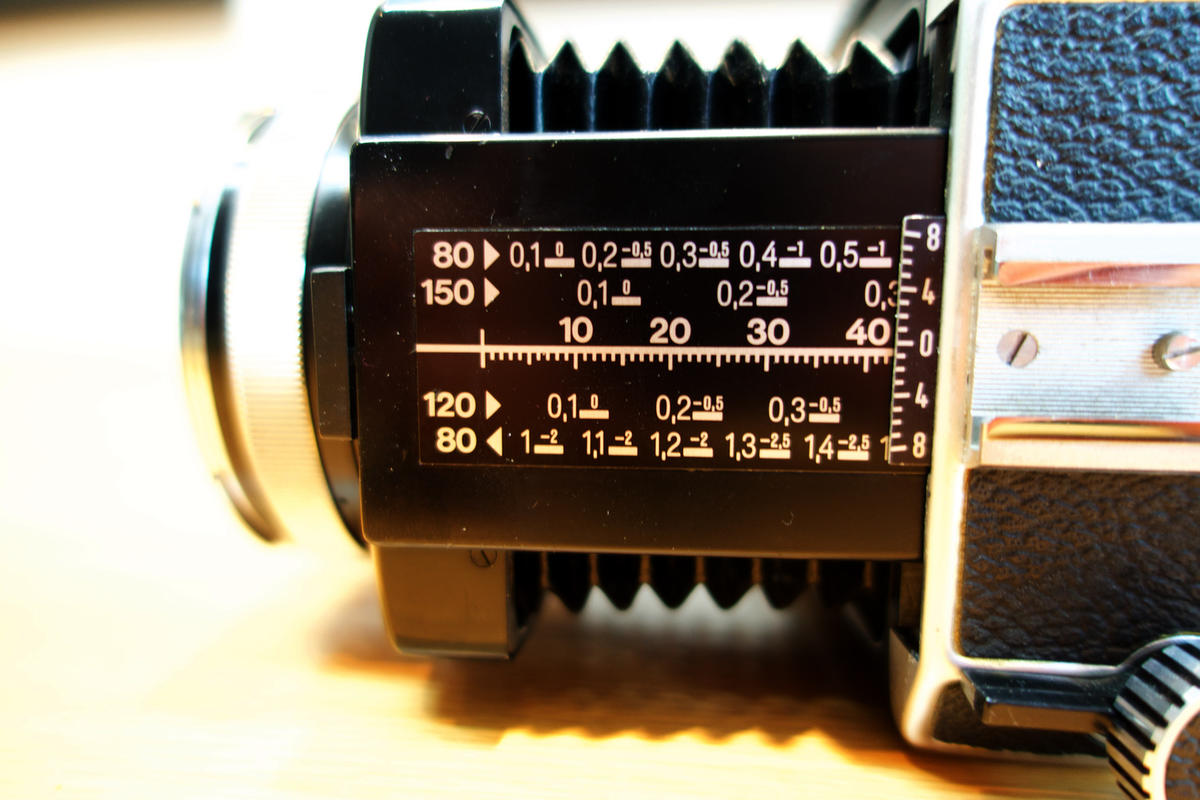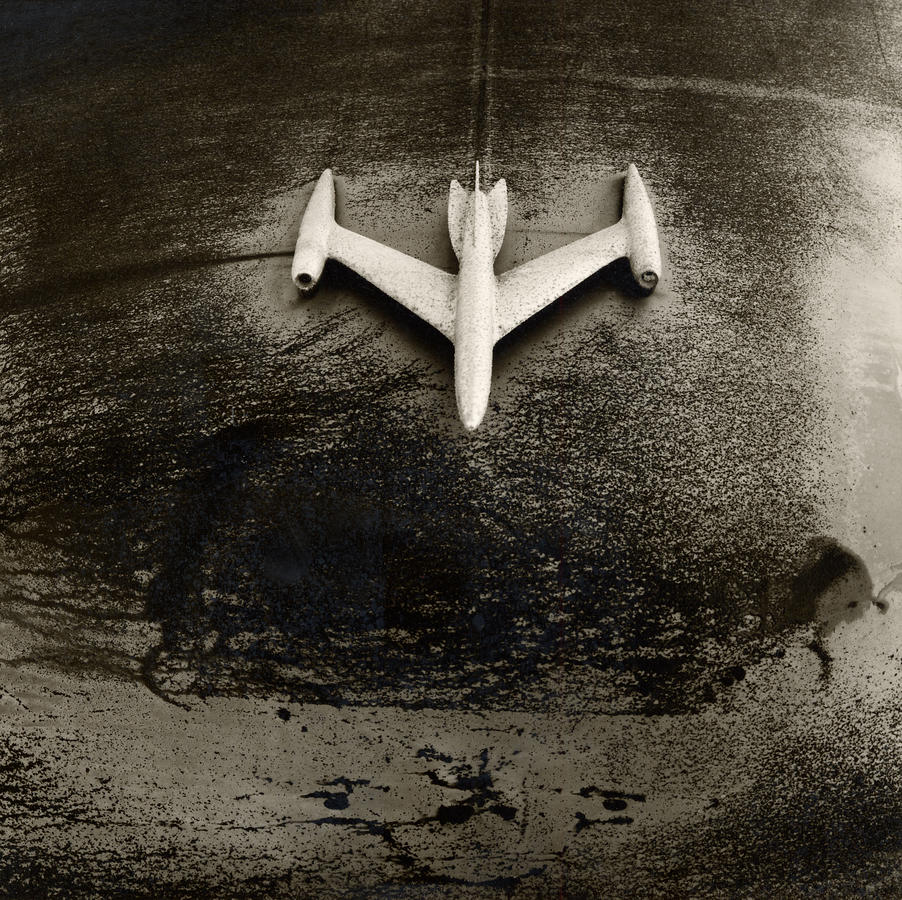Does It Matter?
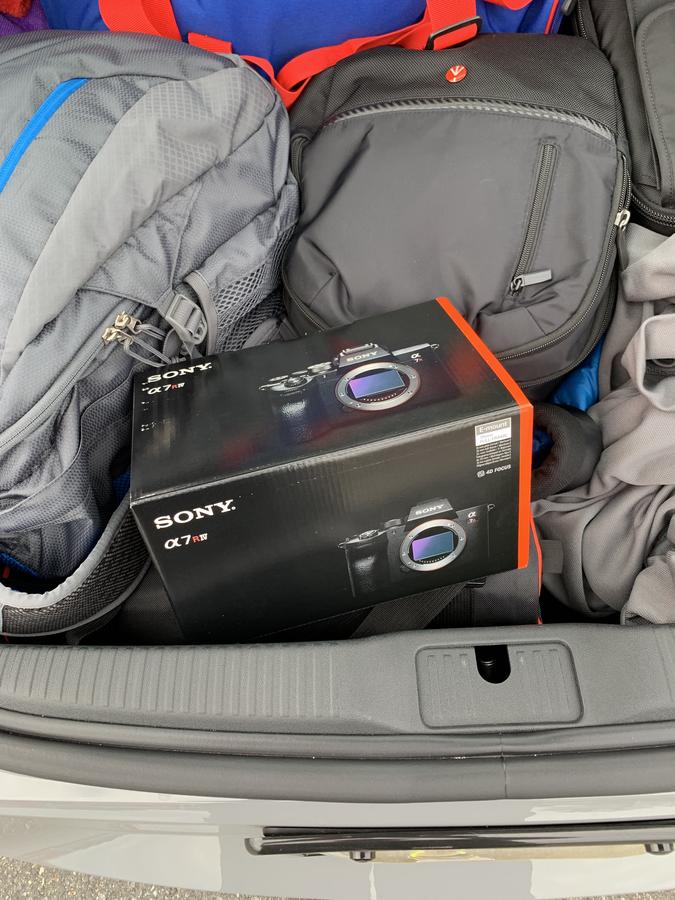
Heading out of town a couple of weeks ago on another shooting trip this time to Maine I picked up one of these, the new Sony A7R MK IV that I ordered a couple of months ago. Thank you, Hunt Photo.
I know, you either don't know the significance of this or don't care but please, bear with me. This is a unique camera, which will most likely not be a general purpose, do everything kind of camera.
Some will buy it because they want the most up to date, buzz-worthy camera, as a sort of fashion accessory, to impress. Others will use it to make pictures.
Shoot your kids soccer game, take it on vacation, use it to take pictures of the stationary rower you bought years ago that you're now selling on Craigs List? Not so much. Although it will do all this and more, this camera, at 61 mp, is a huge overkill for much of what photography is needed for. With a new sensor that sits in the camera the same size as one frame of 35mm film (about 1 inch x 1.5 inches), this thing is recording so much sheer information it is staggering.
Looking at its file, it opens in Photoshop looking like this:
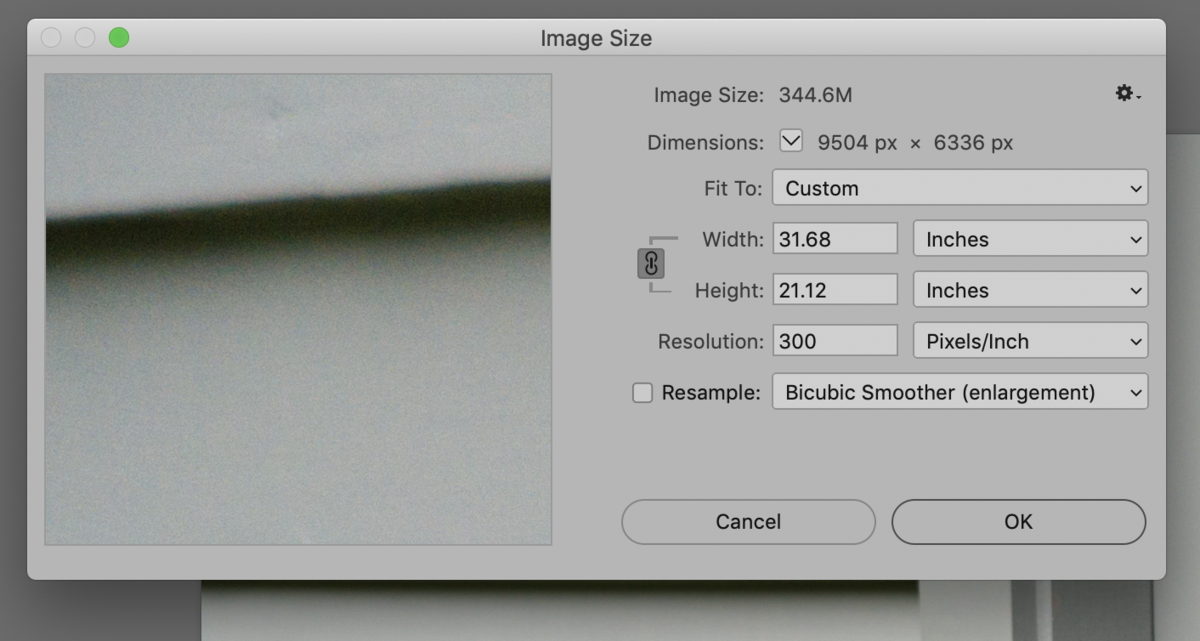
At 300 pixels/inch this makes a 344 MB file that is 31 inches! Put another way this would mean a 50 inch print would come in at 190 PPI. Great, right?
Hold on, though. How often do you want to be making such a huge print? And what if you just want to make a print, say 14 inches or so? Again, way too much file than is needed. This becomes an issue when you start thinking about storing these huge files.
More is better, right? Not necessarily.
Now that I've had the camera for a bit and walked around Rockland, Rockport and up on top of Mt Battie with it I can conclude a few things. This is a more mature and refined camera than its predecessor the MK lll. It feels solid and substantial, its bigger grip aiding in holding it comfortably. Buttons and settings have been reworked slightly, the shutter, although not instantaneous, is fast and very solid feeling. But, and it is a big one, as this file is now so very large, hand holding the camera sharp becomes a challenge. I set my shutter at 250/sec and 500/sec and still got unsharp images. Holding it out at arms length and looking at the back screen and then tripping the shutter is asking for trouble as this just isn't stable enough. I suspect many users will find themselves using a tripod more often with the mk IV.
Something else: As we're getting up there in the rarified range of medium and large format cameras, the quality of the lenses we're using becomes increasingly important. Think that kit f4 zoom lens is good enough? Probably not.
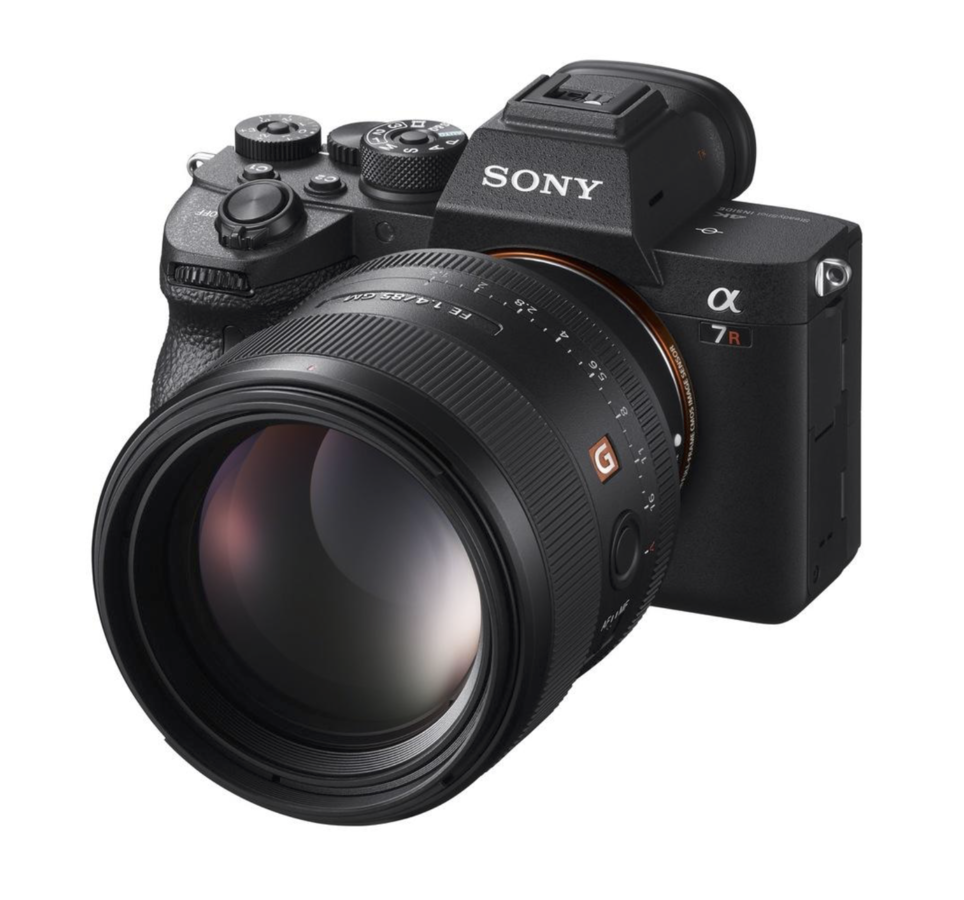
My whole career has been spent on a pursuit of high quality. Early on, I rejected much of 35 mm photography as I couldn't resolve the issue of grain and lack of sharpness. Most of my work in analog photography was with 120 mm cameras or 4 x 5 and 8 x 10 inch sheet film. I wanted to be able to make larger prints of high quality. This was true in the earlier days of working digitally too, as I made many changes to larger sensors as they become available: Nikon D3 to D3x, to 800E to D810 to D850. About 4 years ago I dove into the Sony mirrorless cameras first with the A7R MK ll, then the lll and now the lV.
Let me post a few pictures made with the camera:
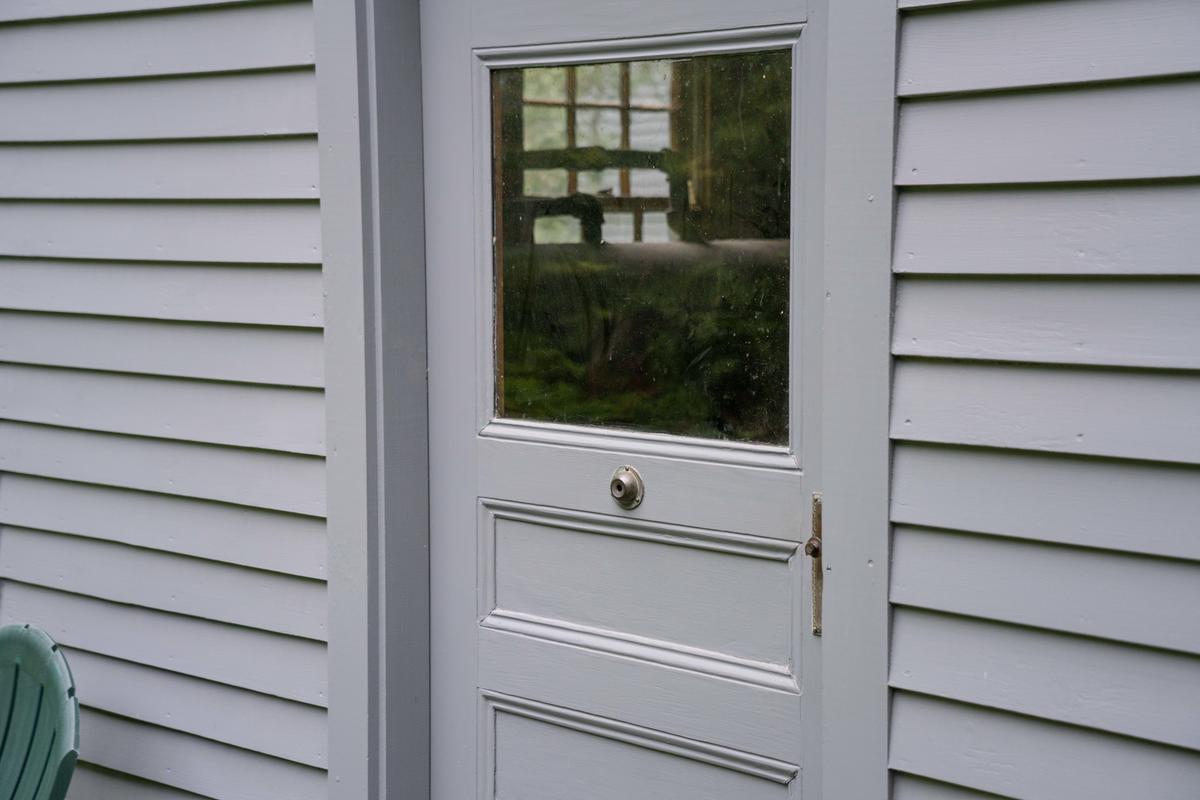
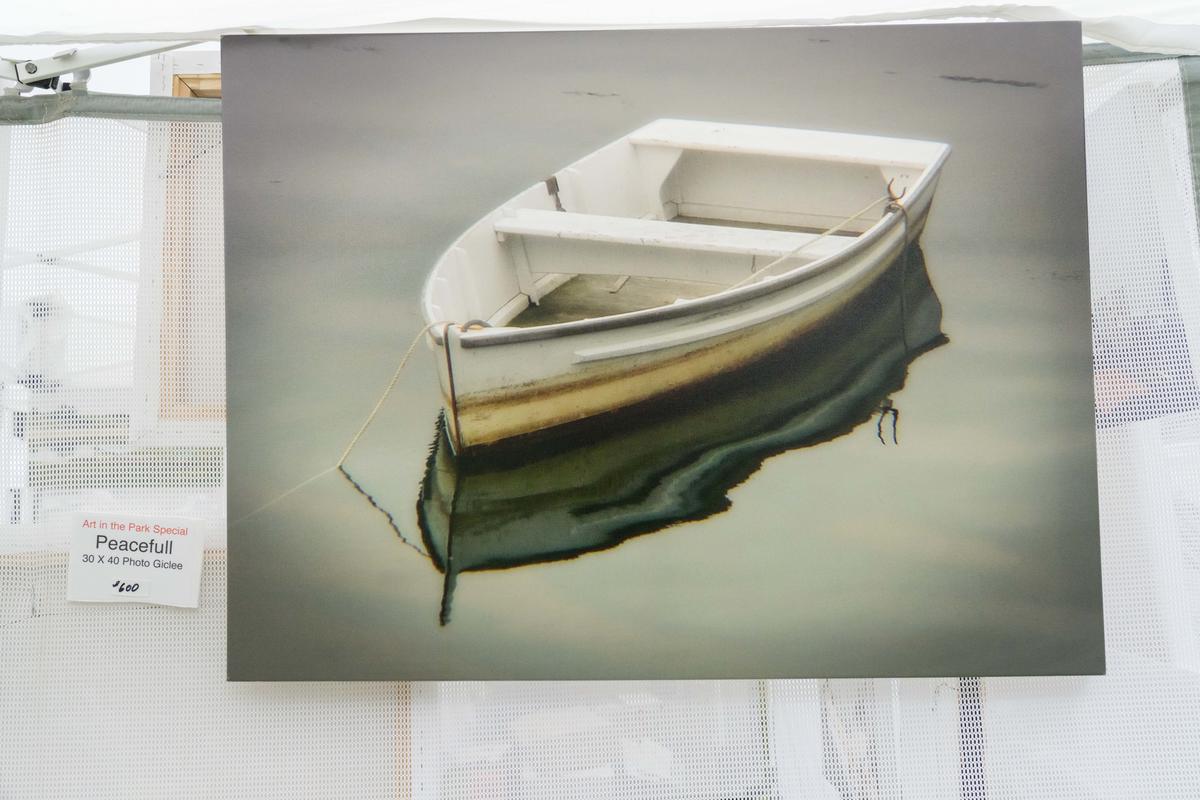
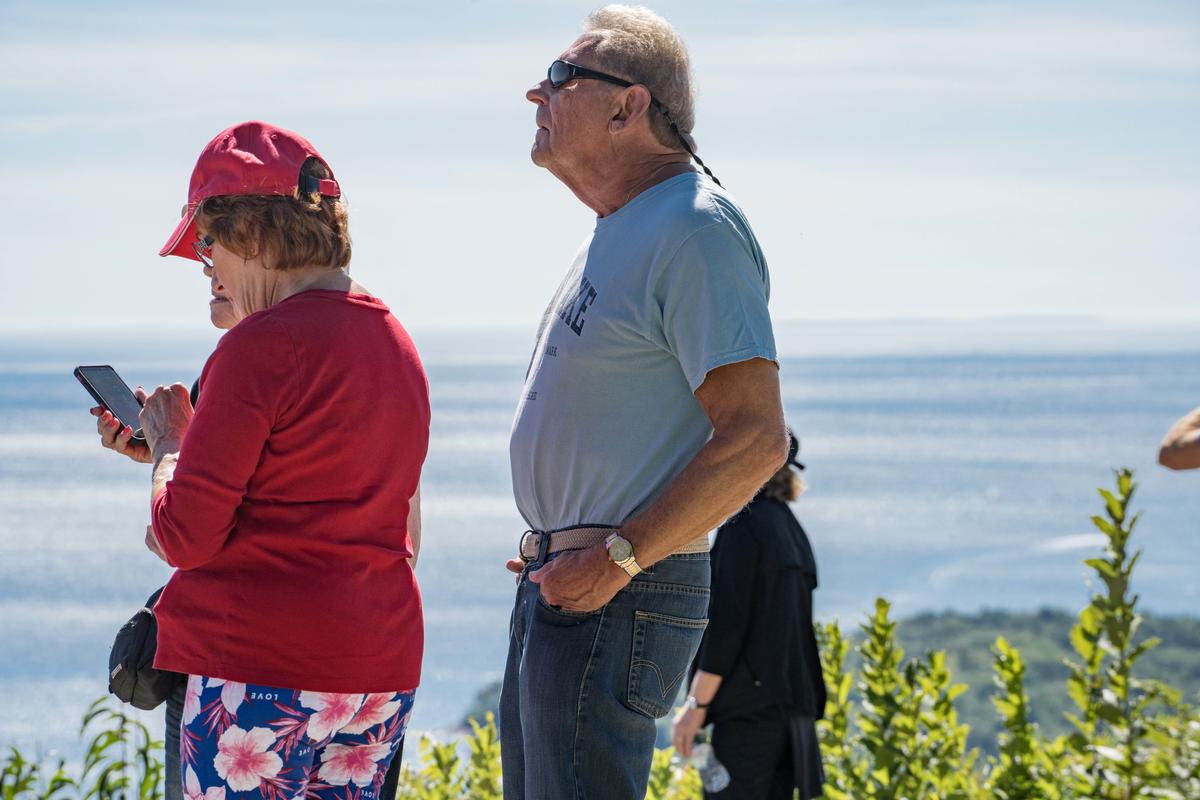 and his wristwatch at 4:1
and his wristwatch at 4:1
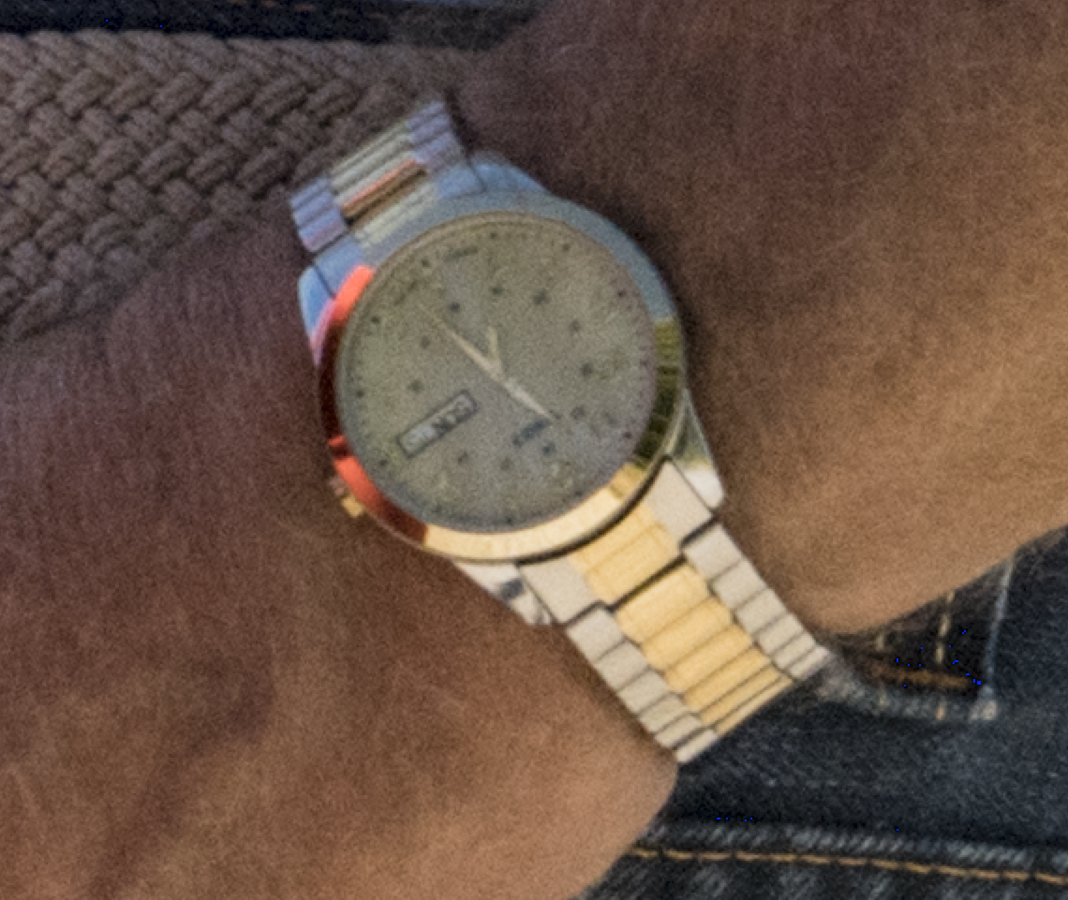 Impressive, yes?
Impressive, yes?
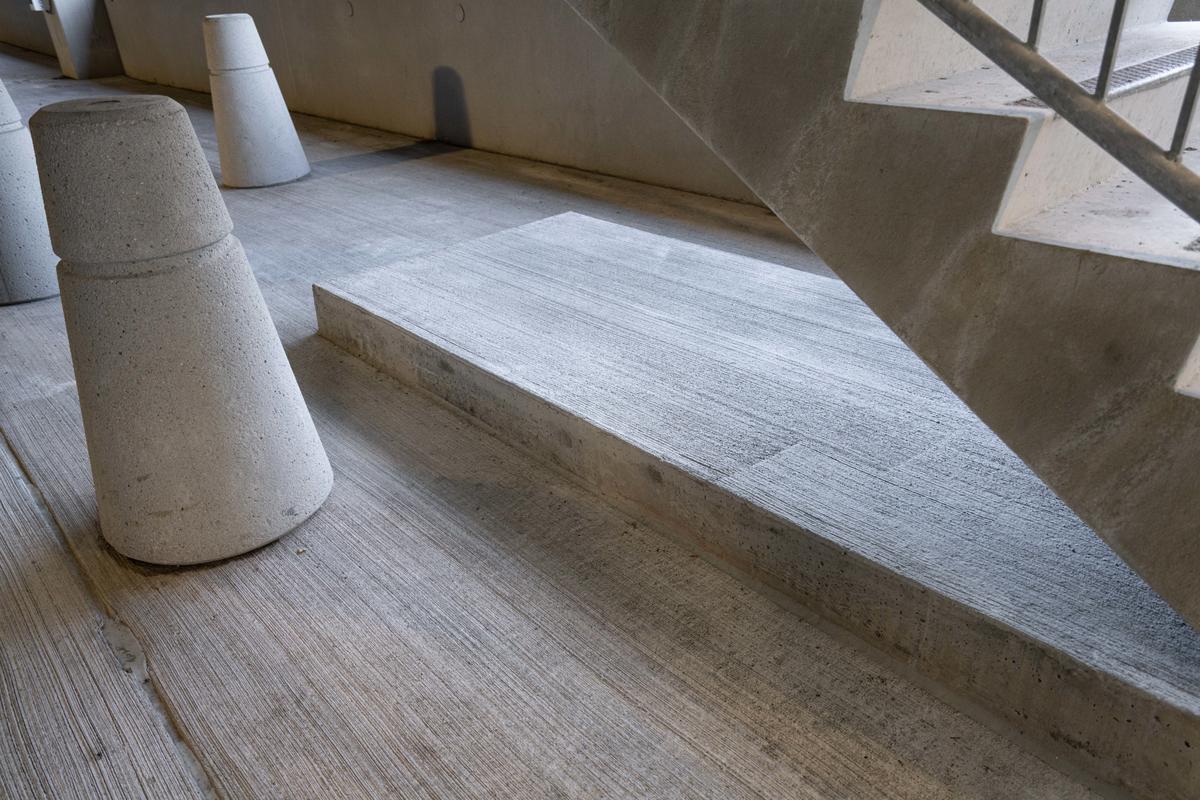
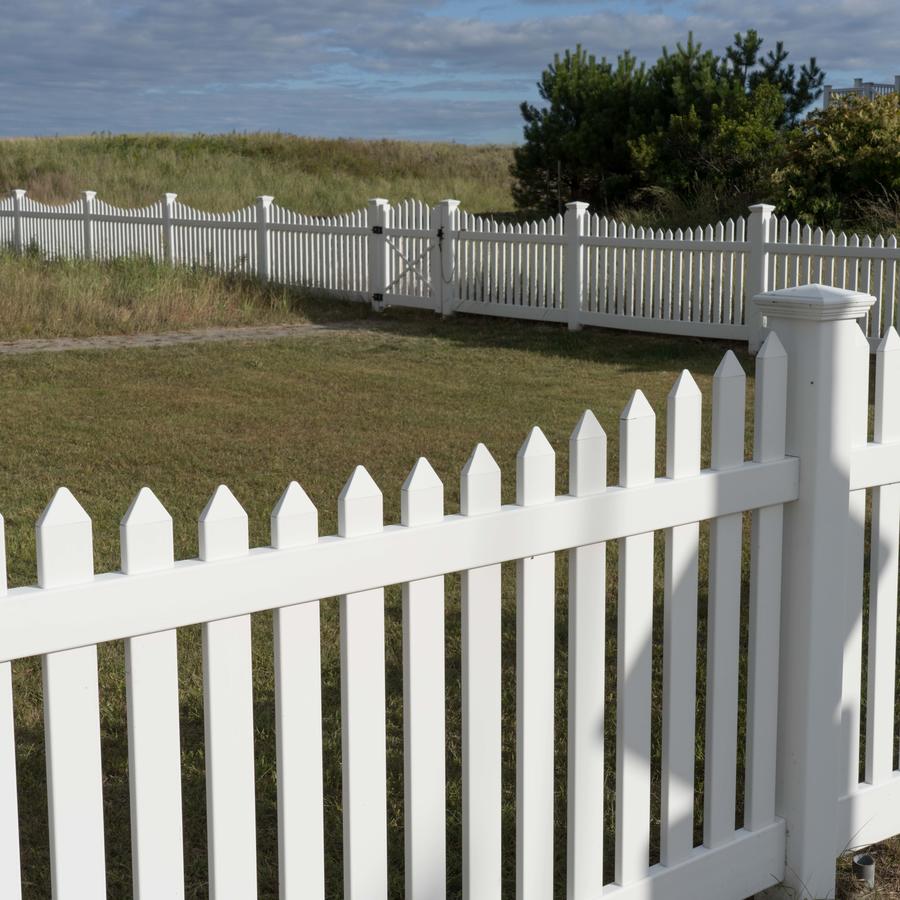
The Sony A7R MK lV
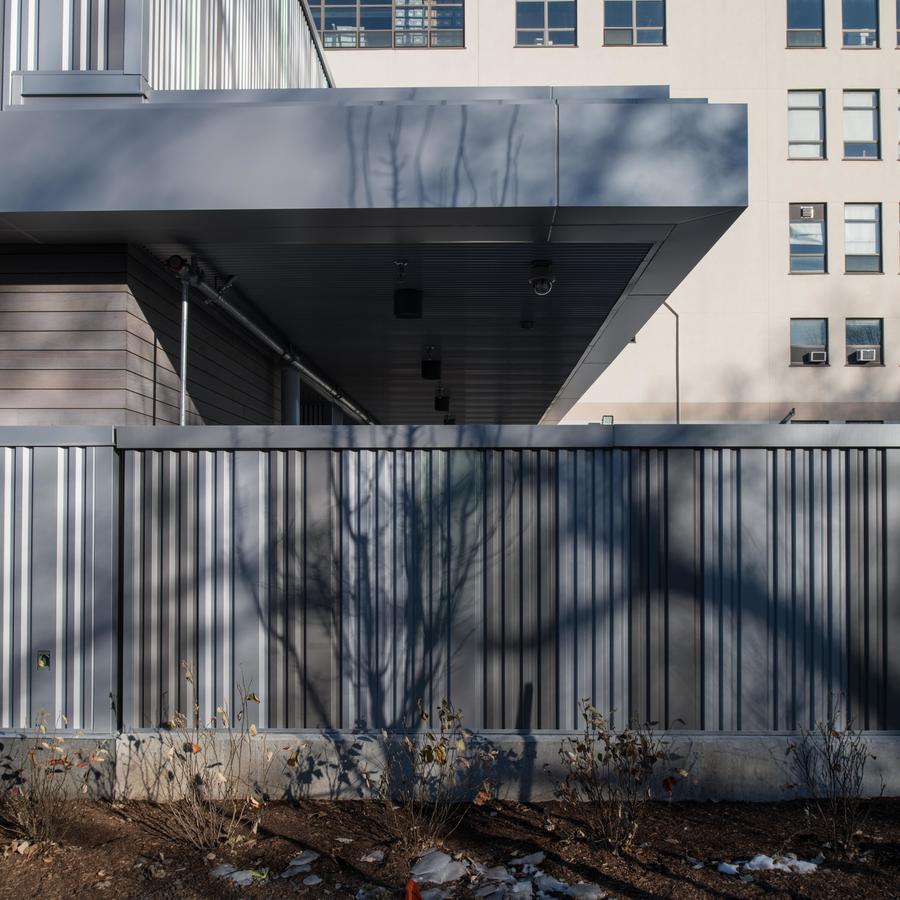 I don't know if you can see the shadow detail under the roof in this image or not but it's there. Try double-clicking on the photograph to see it larger. Dynamic range seems to improve each time I update to a newer camera.
I don't know if you can see the shadow detail under the roof in this image or not but it's there. Try double-clicking on the photograph to see it larger. Dynamic range seems to improve each time I update to a newer camera. 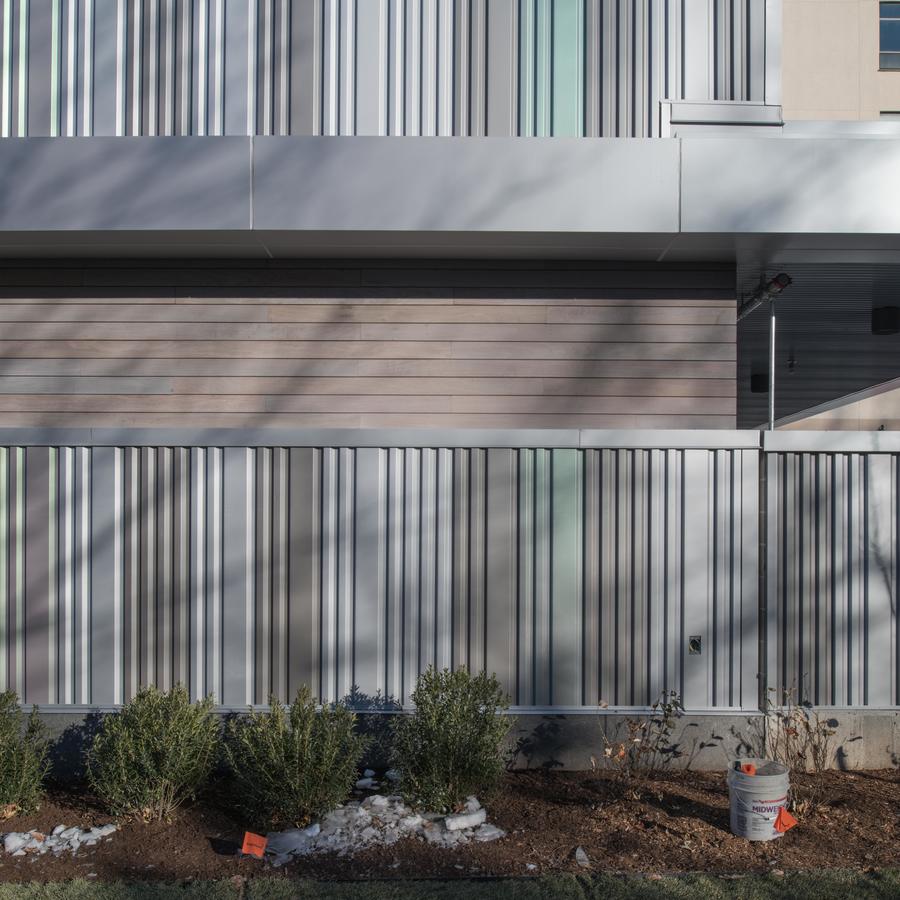
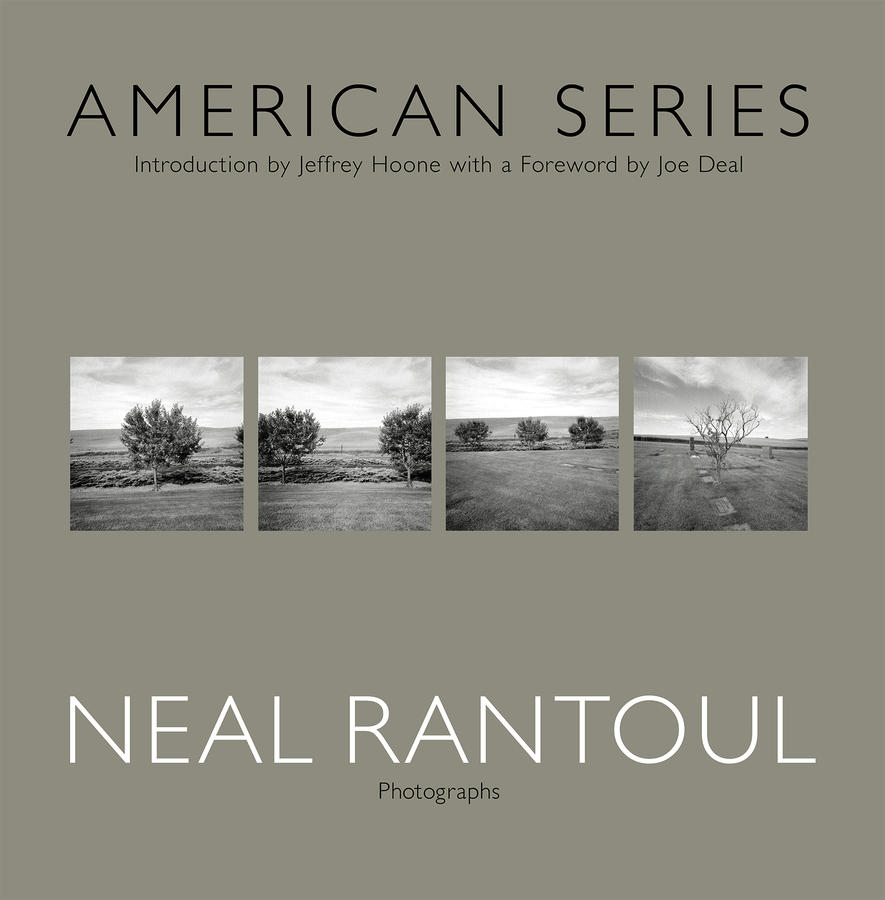
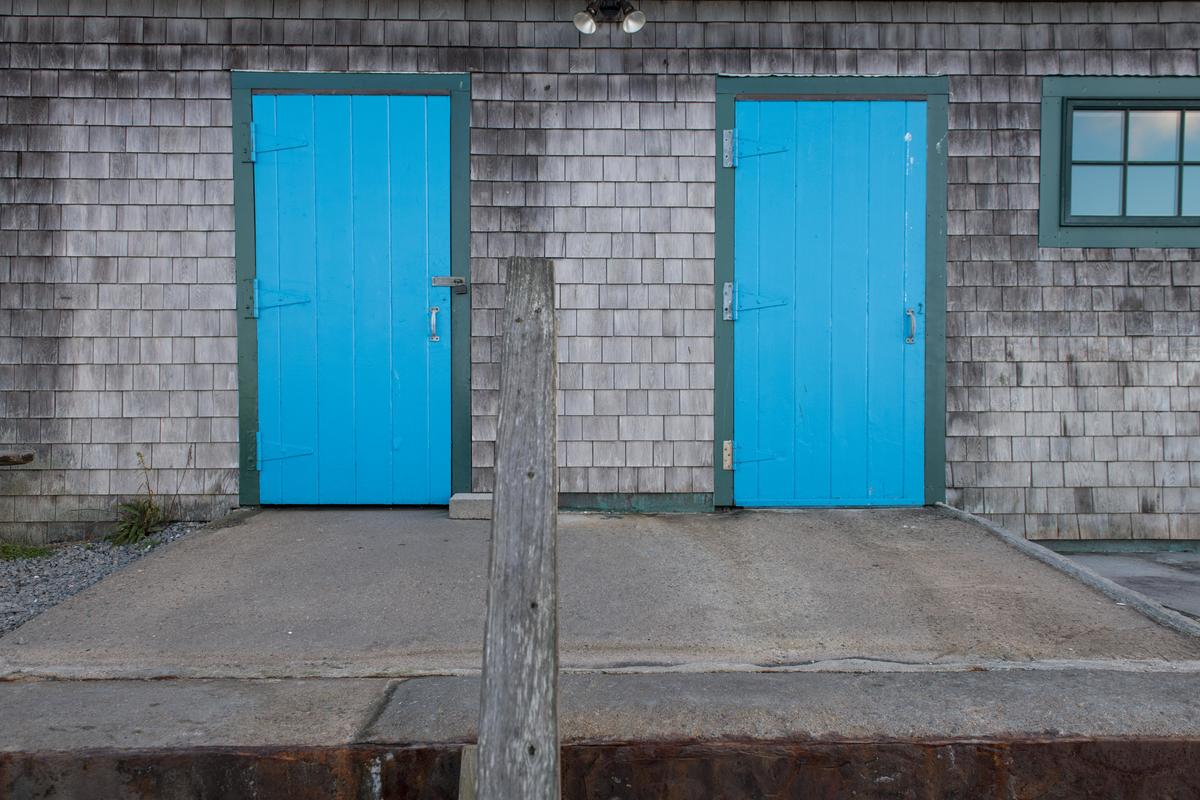
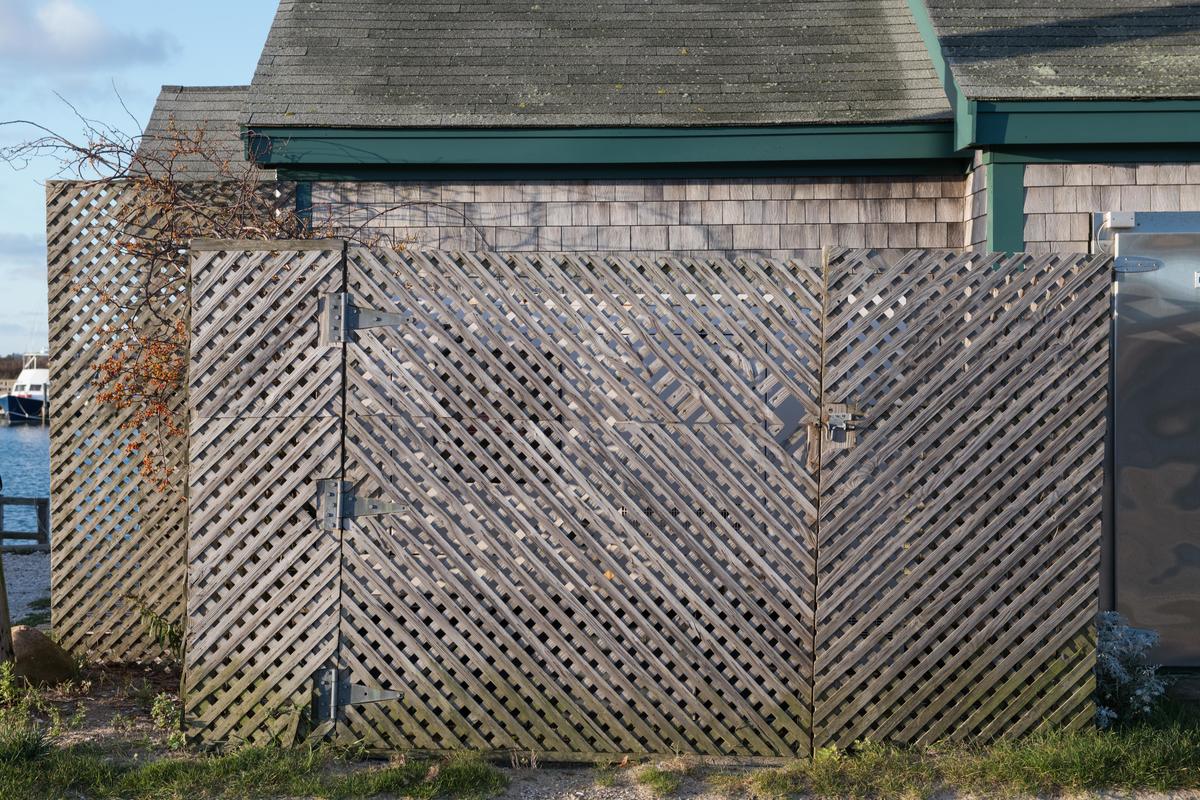
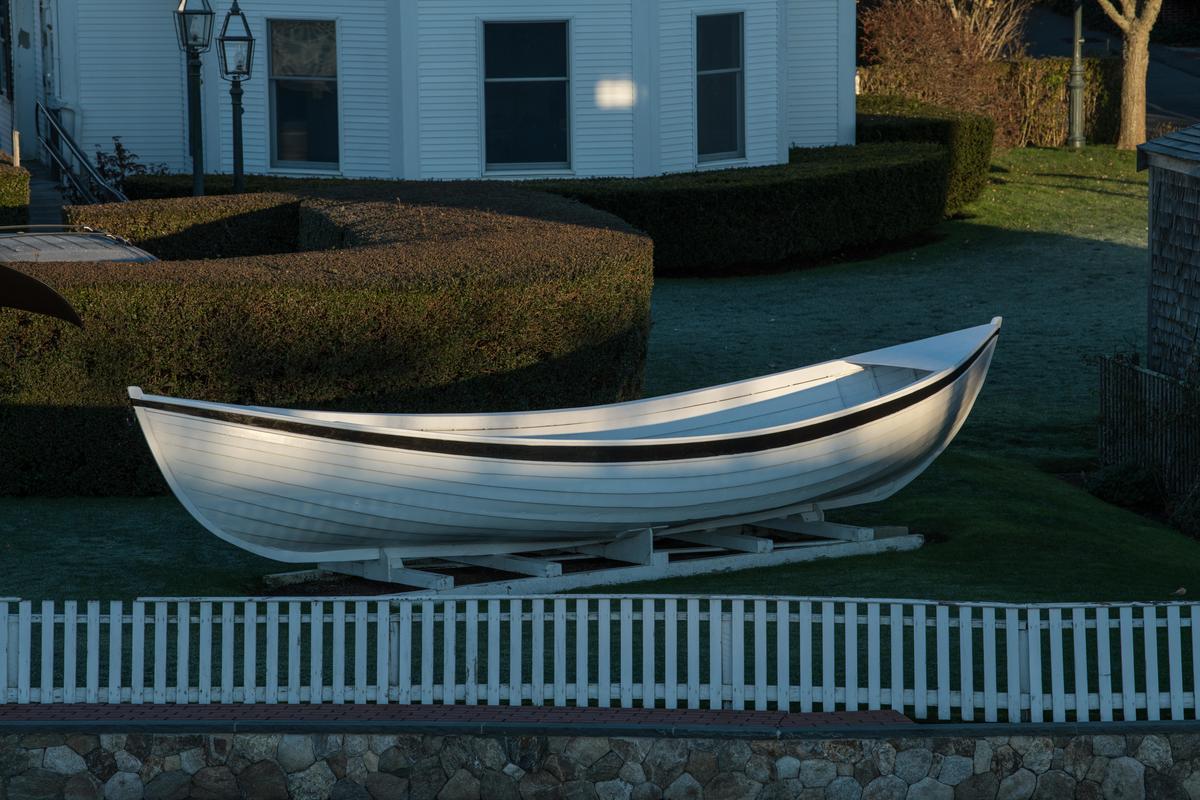 Edgartown at dawn
Edgartown at dawn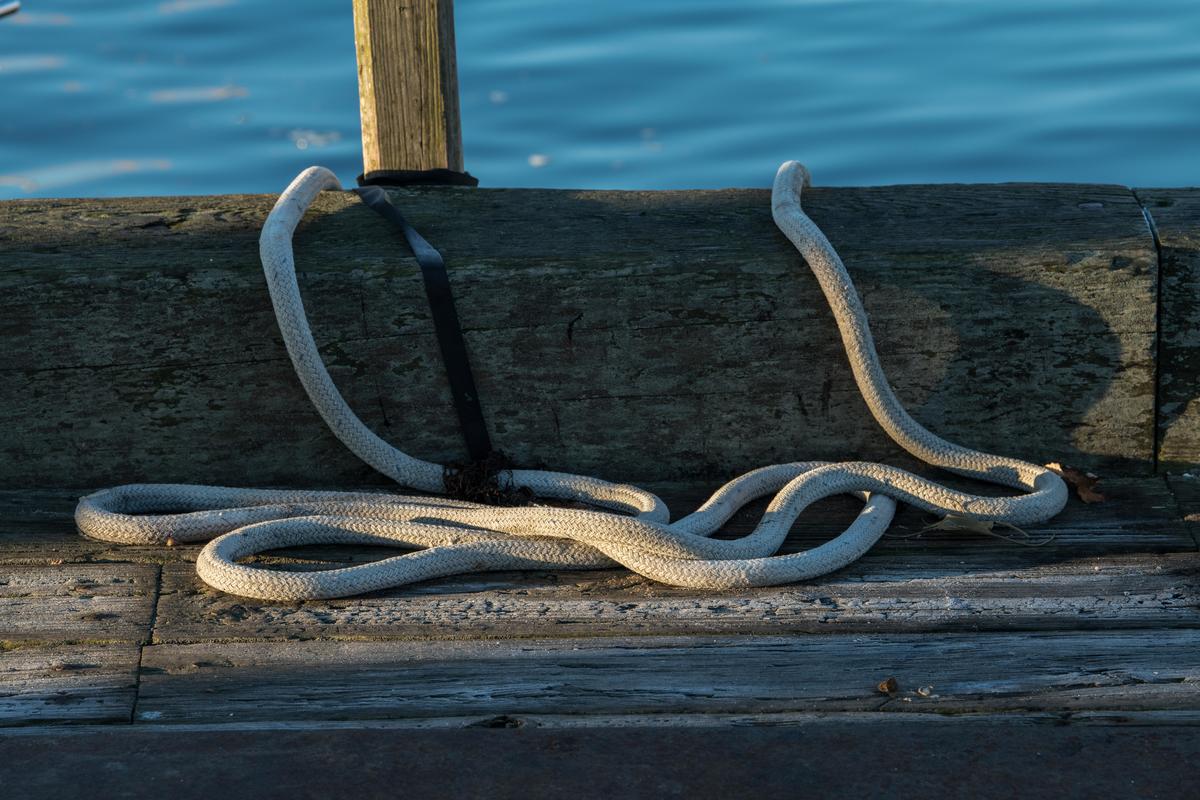
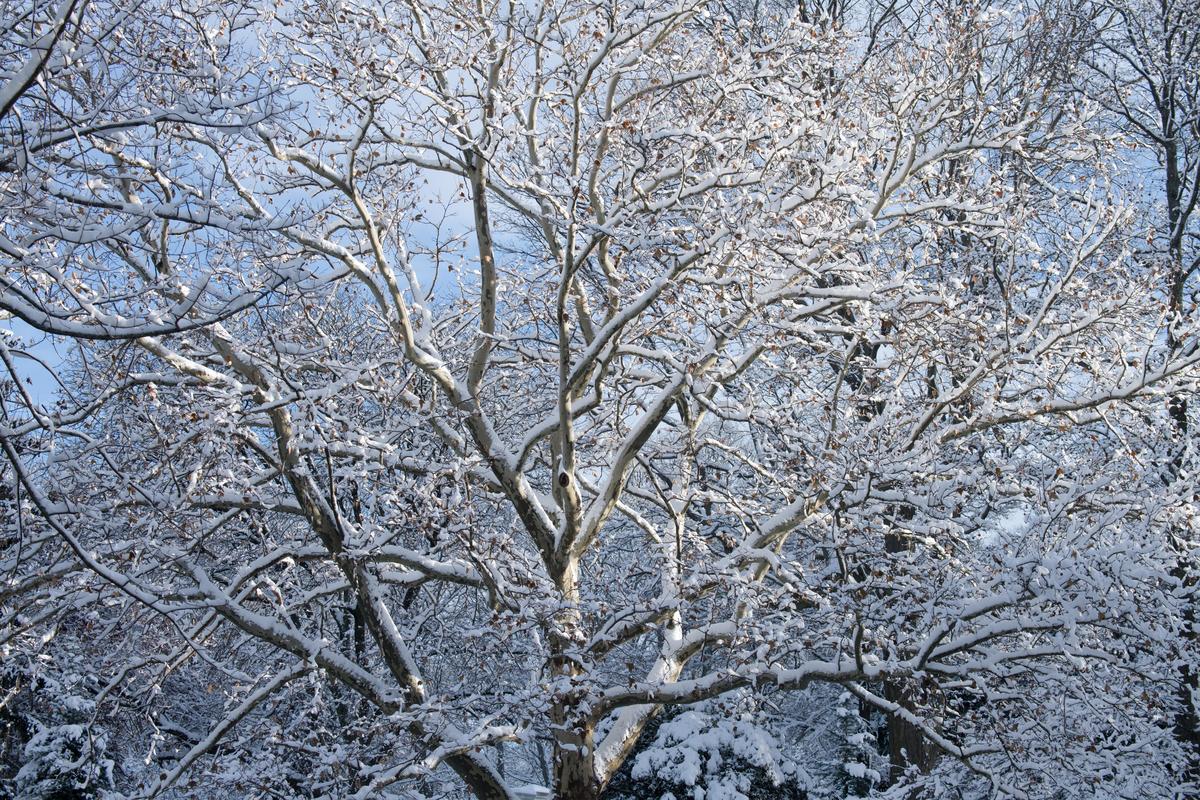
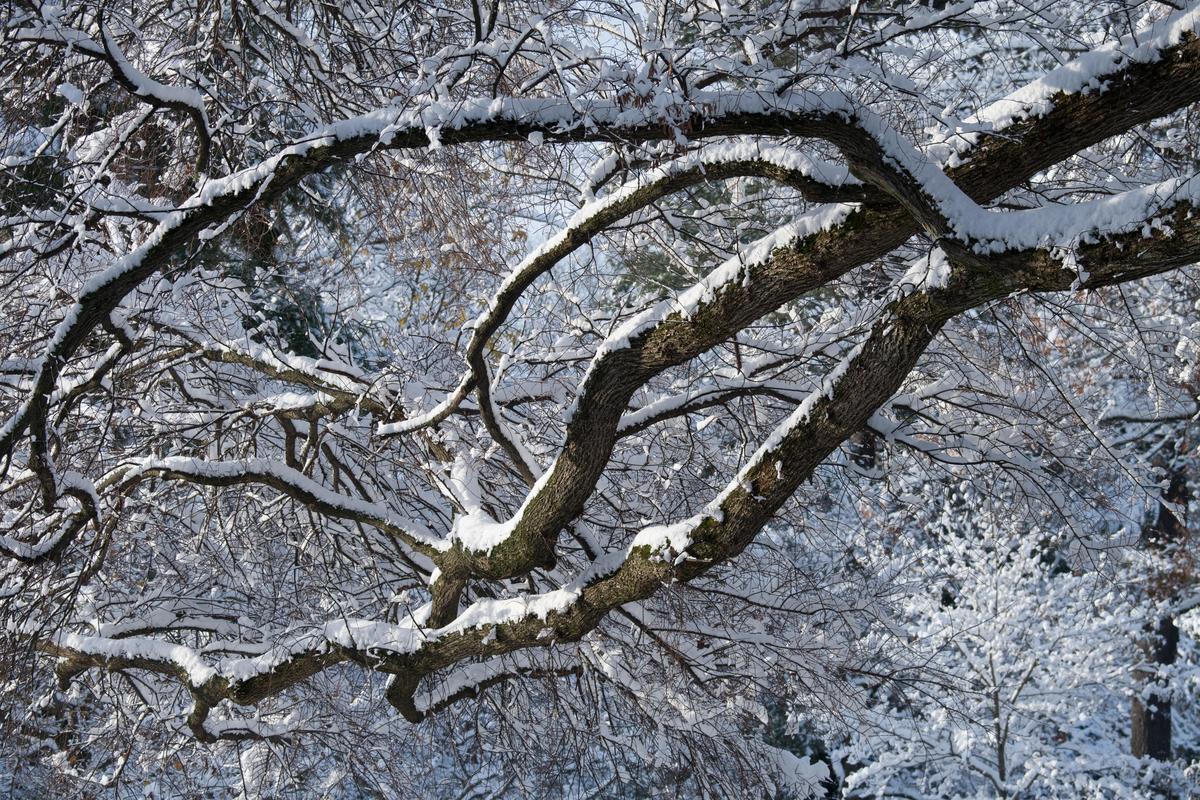
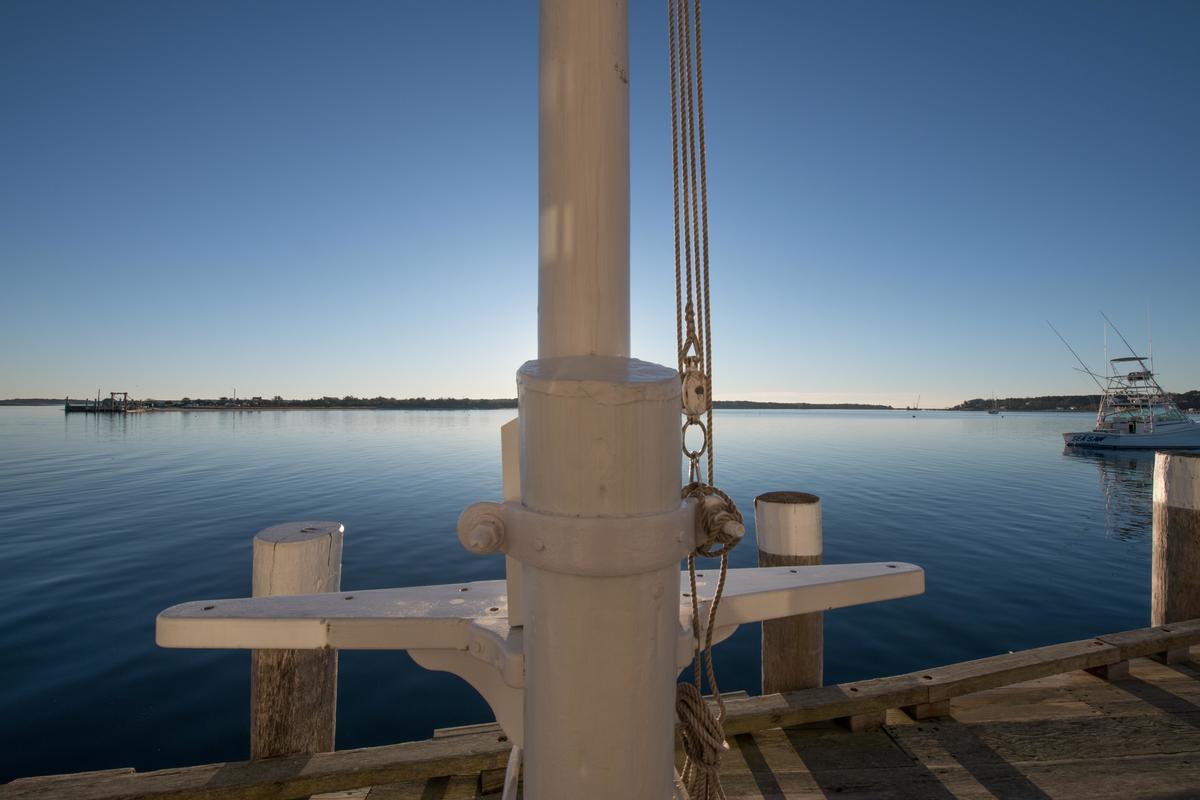 Edgartown, MA
Edgartown, MA